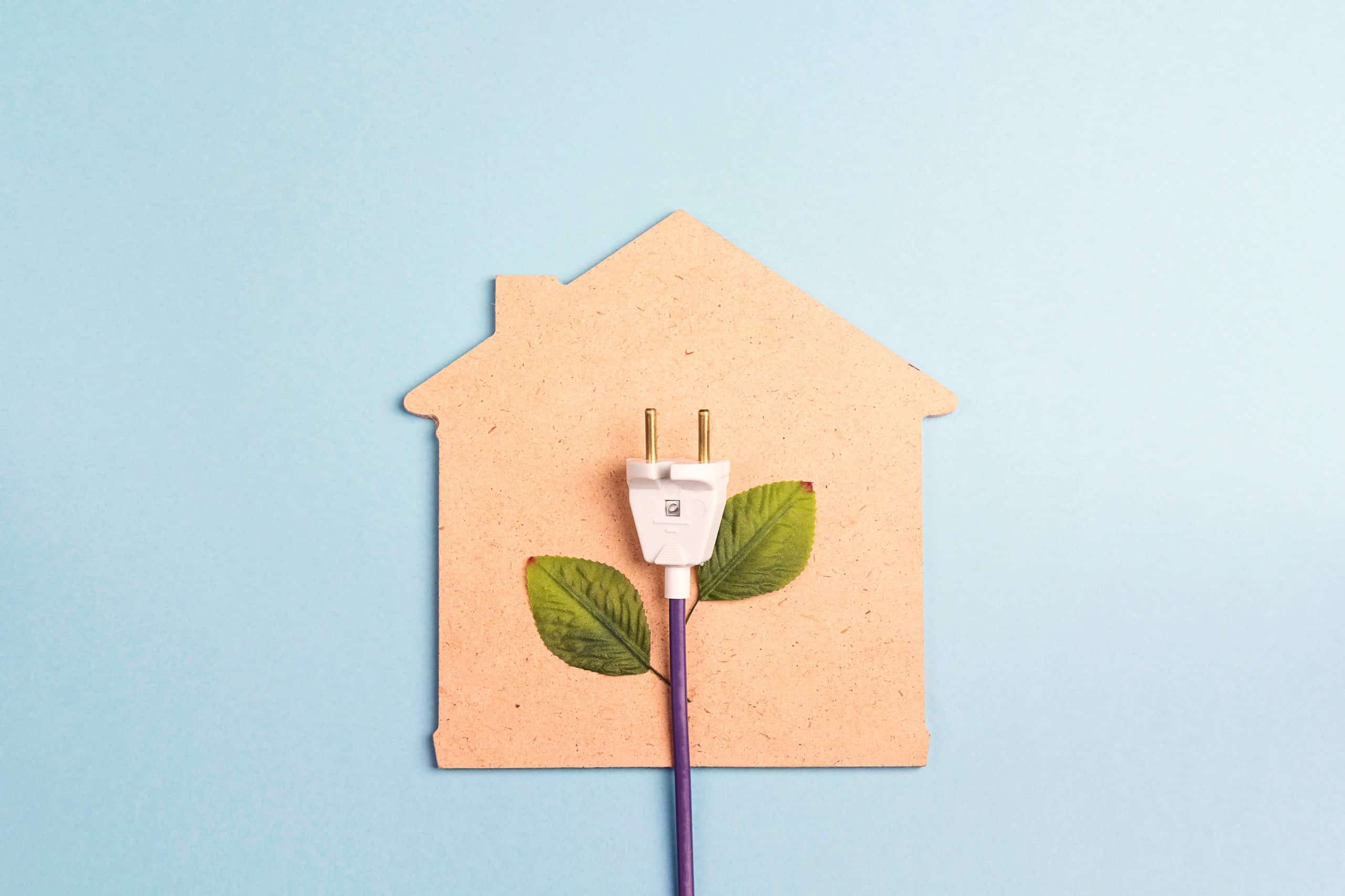The Inflation Reduction Act (IRA) significantly enhanced the Section 179D deduction for energy-efficient commercial building improvements placed in service after 2022. Among other things, the IRA nearly tripled the maximum deduction to $5 per square foot under certain circumstances and made it easier for improvements to qualify for the deduction. The IRA also expanded eligibility for the deduction to include real estate investment trusts (REITs) as well as designers of buildings owned by nonprofit organizations, religious organizations, tribal organizations, and nonprofit schools or universities.
Deduction basics
For more than 15 years, the Sec. 179D deduction has allowed owners of new or existing commercial buildings to deduct the cost of certain improvements. The deduction is also available to tenants who make improvements and to certain designers (such as architects or engineers) of government-owned buildings. Originally, the maximum deduction was $1.80 per square foot, but legislation passed in 2020 called for that amount to be adjusted for inflation. In 2022, the maximum deduction was $1.88 per square foot.
The Sec. 179D deduction is available for new construction as well as additions to or renovations of commercial buildings of any size. (Multifamily residential rental buildings that are at least four stories above grade also qualify.) Eligible improvements include depreciable property installed as part of a building’s interior lighting system, HVAC and hot water systems, or the building envelope.
Previously, to be eligible, an improvement had to be part of a plan designed to reduce annual energy and power costs by at least 50% relative to applicable industry standards, as certified by an independent contractor or licensed engineer. Partial deductions (up to 63 cents per square foot) were also available for improvements to any one of the previously mentioned building systems that achieved certain energy savings.
IRA enhancements
The IRA makes it easier to qualify for the deduction by reducing the minimum required energy savings from 50% to 25%. It also eliminates partial deductions. Instead, the base deduction is calculated using a sliding scale, ranging from 50 cents per square foot for improvements that achieve 25% energy savings to $1 per square foot for improvements that achieve 50% energy savings.
Projects that meet specific prevailing wage and apprenticeship requirements are eligible for bonus deductions. Such deductions range from $2.50 per square foot for improvements that achieve 25% energy savings to $5 per square foot for improvements that achieve 50% energy savings.
In another big change, the IRA allows taxpayers to claim a Sec. 179D deduction for the same building as often as every three years (four years in some cases). Previously, the $1.88 per square foot maximum was a lifetime cap.
Previous improvements
If you believe you’re eligible for Sec. 179D deductions for energy-efficient improvements made in previous years, it might not be too late to claim them. One option is to amend your return for the tax year in which the improvements were made. Generally, you have three years from the date the original return was filed to file an amended return.
Another option, which doesn’t require an amended return, is to file Form 3115, “Application for Change in Accounting Method,”to claim catch-up deductions in the current tax year. This option is available only for building owners or tenants, not designers. Keep in mind that if you claim Sec. 179D deductions for previous years, they’ll be based on the version of Sec. 179D that was in effect when the improvement was placed in service.
Energy efficiency pays off
Investing in making a building greener can pay off, not only in reduced energy costs, but also in valuable tax deductions. Contact your tax advisor for more information.
© 2022


